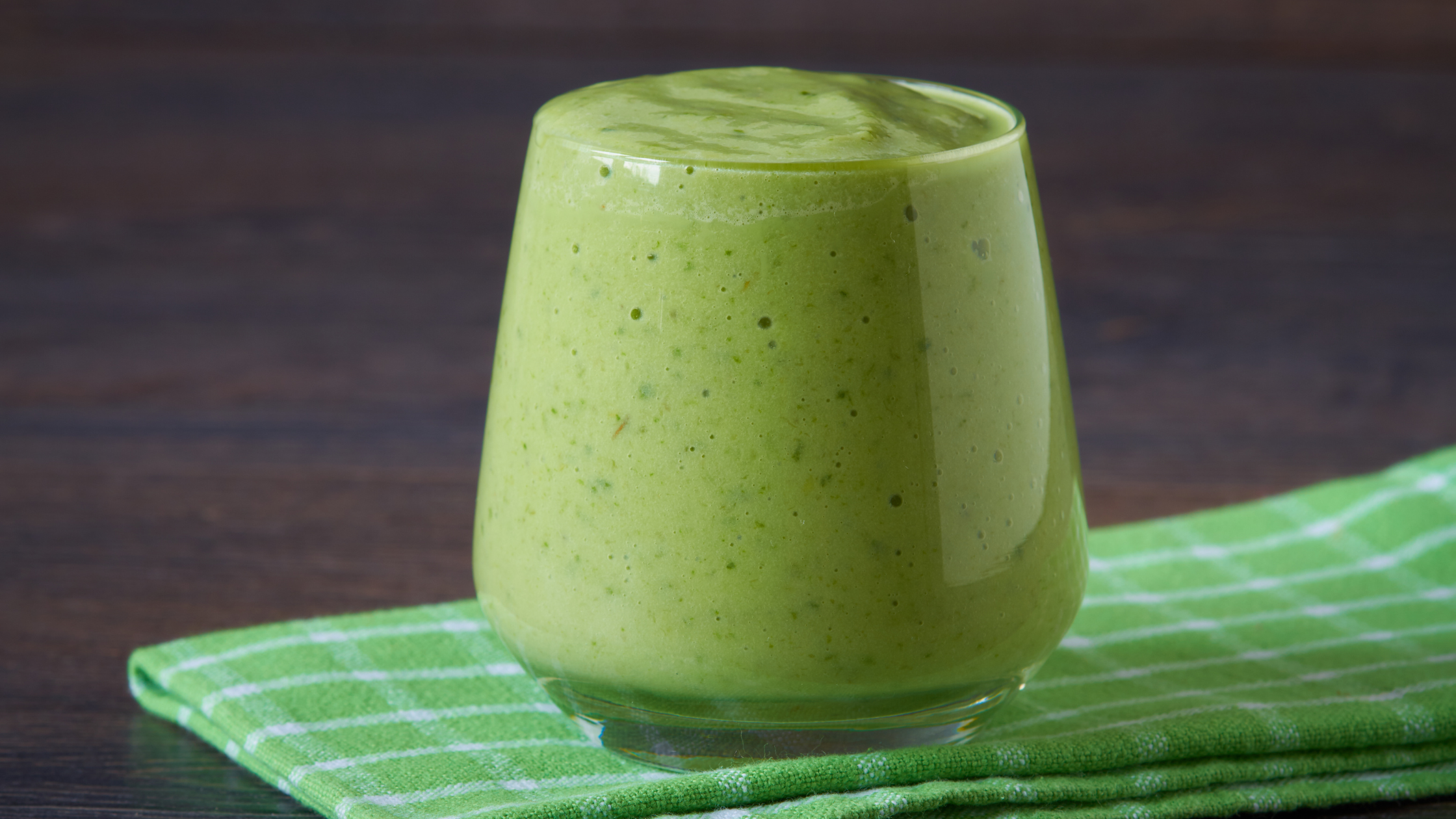Eating well doesn’t have to be complicated or confusing, but it is understandable, given that nutrition information is absolutely everywhere and much of it is contradictory.
Why is that? Some of it may be real and other times, it may be driven by a brand or the preference of an “expert.”
Some swear by calories, others by macros or even balances of types of food. While each of these things plays a role, none is the “holy grail” of health because each person is different, and what works for one may not work for another.
How, then, do you know what is the right thing to do? While not perfect, there are some basic (and sometimes overlooked) benefits to foods you eat and drink and how you consume them.
Be Aware of What You Eat and Drink
Most everyone has heard of calories in and calories out; however, there are other factors that may be just as important. You may think, “Wait! But that worked for me!” And it may have! Energy consumed is important; however, what is equally important is how the food is behaving in your body. If you drank a little over 5, 12 oz sodas, your body would react differently than if you ate the same amount of calories of broccoli. For the record, it is about 21 cups of broccoli and while I know of people who could easily consume 5-6 sodas in a day, I can’t say the same about broccoli.
This is where what you eat, not just the calories it contains, becomes really important. What does this mean? For ultimate health, eat a varied diet full of minimally processed foods. Look at the labels and ask yourself these questions:
- Are there five or fewer ingredients?
- Do I recognize all the ingredients?
If you answer “No” to either of the above, reconsider what you are choosing.
If choosing whole foods, aim daily for:
- A rainbow of the colors of fruits and veggies, where one or both appear at almost every meal and snack. These supply you with much-needed fiber, antioxidants, vitamins, and minerals.
- Eating enough protein. Make sure you get all of those essential amino acids (bonus: eating protein can increase your metabolism).
- A good quantity of healthy fats and oils. There is a reason some fatty acids are called “essential” – you need them as building blocks for your hormones and brain and to help you absorb essential fat-soluble vitamins from your uber-healthy salads. Use extra virgin olive oil, nuts, and seeds where you can. You don’t need to overdo it here. Just make sure you’re getting some high-quality fats.
Be Mindful to How You Eat and Drink
Growing up, we ate as a family around a table. Now we find that how you consume food can impact you more than you think.
- Do you run rushed out the door and eat your food in the car on the way to work or a kid’s sports practice?
- Do you barely chew your food or eat it mindlessly while watching TikToks?
- Do you look down and not even remember eating or tasting your food?
- Does that bag of chips, cookies, popcorn, or pretzels disappear while you are watching TV?
- Do you have digestive issues like reflux and do not know why?
Mindful Eating
Let’s first look at “mindful eating”.
Mindful eating means becoming more aware of what you eat by eating smaller bites slower and chewing slowly. With mindful eating, you are more conscious about the food choices you make and take the time to appreciate the smell, taste, and texture.
This may seem basic, but in today’s incredibly fast-paced world, people often take it for granted and neglect the act of eating mindfully, which can contribute to digestive issues and unintentional overeating.
When we slow down the eating process, it allows our digestive systems to prepare and process the food we eat through enzymes and digestive juices. Also, because our brains take time to catch up with our stomachs (about 20 minutes), eating slower also helps avoid issues with overeating.
We also know that more thoroughly chewed food is easier to digest, and it makes it easier to absorb all of those essential nutrients.
And don’t forget about drinking your food.
Yes, smoothies are fantastic and a great way to get fruits and vegetables in (great for cucumbers, leafy greens, and carrots). Putting too much into a smoothie can lead to consuming excess energy for a day.
Don’t get me wrong, a green smoothie can make an amazingly nutrient-dense meal or a post-heavy workout way to replenish energy stores and is significantly better than stopping for convenient junk food. However, if you have one, consider it a meal and not just a “snack” or a “drink.” If having this as a meal, remember it too should be consumed slowly. Maybe you think that the smoothie just doesn’t fill you up. Well, consider adding ground flax or chia seeds and protein powder to your mix. Here’s a great smoothie recipe!
Recipe (Smoothie meal): Chia Peach Green Smoothie
Serves 1
handful spinach or kale
1 tablespoon chia seeds
1 banana
1 chopped peach
1 cup unsweetened almond milk
OPTIONAL: Add 1 T of lime juice
Add ingredients to blender in order listed (you want your greens on the bottom by the blade so they blend better and have the chia on the bottom to absorb some liquid before you blend).
Wait a couple of minutes for the chia seeds to start soaking up the almond milk.
Blend, Serve and Enjoy!
Eating well doesn’t have to be complicated. Aim for whole foods and eat them intentionally and slowly!

